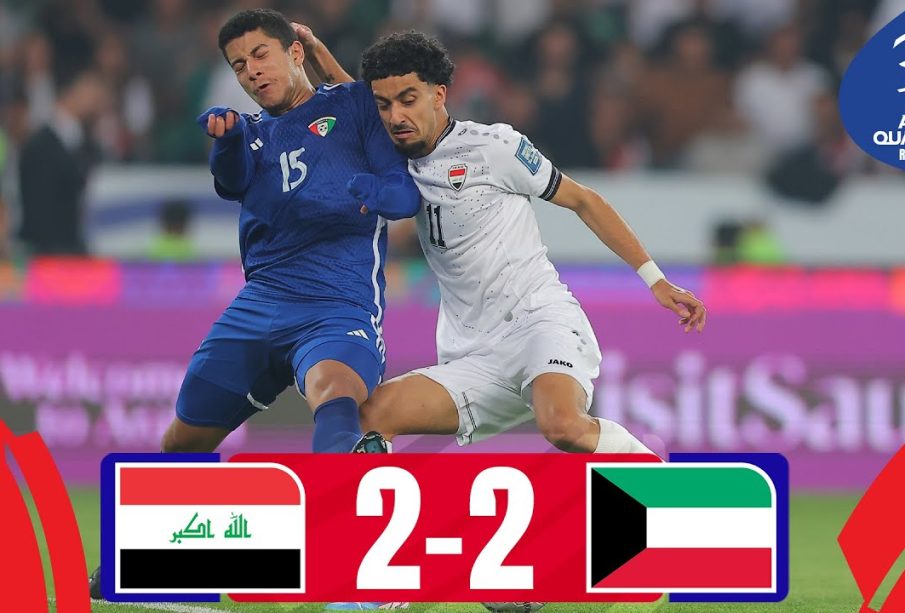Understanding the Iraq vs Kuwait Conflict: A Historical Perspective

Introduction
The conflict between Iraq and Kuwait has played a pivotal role in shaping the political landscape of the Middle East. Rooted in historical grievances and economic disputes, this tension escalated dramatically in the late 20th century, leading to one of the most significant military interventions of the era. Understanding this conflict is crucial to comprehending current regional dynamics and the ongoing relationships among Gulf states.
Historical Context
The Iraq vs Kuwait conflict can be traced back to the colonial era, with territorial disputes dating back to the dissolution of the Ottoman Empire in the early 20th century. Iraq argued that Kuwait was a historical province that was unlawfully detached from it after World War I, inciting nationalistic sentiments.
In the late 1980s, Iraq was struggling financially following a prolonged war with Iran. To alleviate its economic burden, the Iraqi regime, led by Saddam Hussein, sought to seize Kuwait’s oil reserves, which were among the largest in the world. This precarious situation was further exacerbated by Kuwait’s overproduction of oil, leading to a decrease in prices and significantly harming Iraq’s economy.
The Gulf War and Its Aftermath
The tensions culminated in August 1990 when Iraq invaded Kuwait, quickly overwhelming the tiny nation. This aggressive move was met with global condemnation. United Nations Security Council Resolution 660 called for Iraq’s immediate withdrawal, and a coalition of 35 nations led by the United States intervened in January 1991.
The ensuing Gulf War resulted in a decisive defeat for Iraq, with coalition forces successfully liberating Kuwait by February 1991. The aftermath saw Iraq subjected to debilitating sanctions and ongoing international scrutiny, while Kuwait faced the extensive task of rebuilding its infrastructure and economy.
Current Relations and Impact
Today, the relationship between Iraq and Kuwait continues to be complex but has seen improvements, especially following the fall of Saddam Hussein in 2003. Both nations have engaged in dialogue aimed at resolving outstanding issues, including border disputes and reparations from the Gulf War. However, challenges remain, particularly with respect to Iraq’s internal politics and the influence of external powers.
Conclusion
The history of the Iraq vs Kuwait conflict highlights the intricate web of national interests, historical grievances, and economic factors influencing relationships in the Middle East. As both countries navigate their post-conflict landscape, their progress toward reconciliation will be significant for regional stability. Understanding this conflict is crucial for comprehending current geopolitical dynamics and the future trajectory of relations between Iraq and Kuwait.








